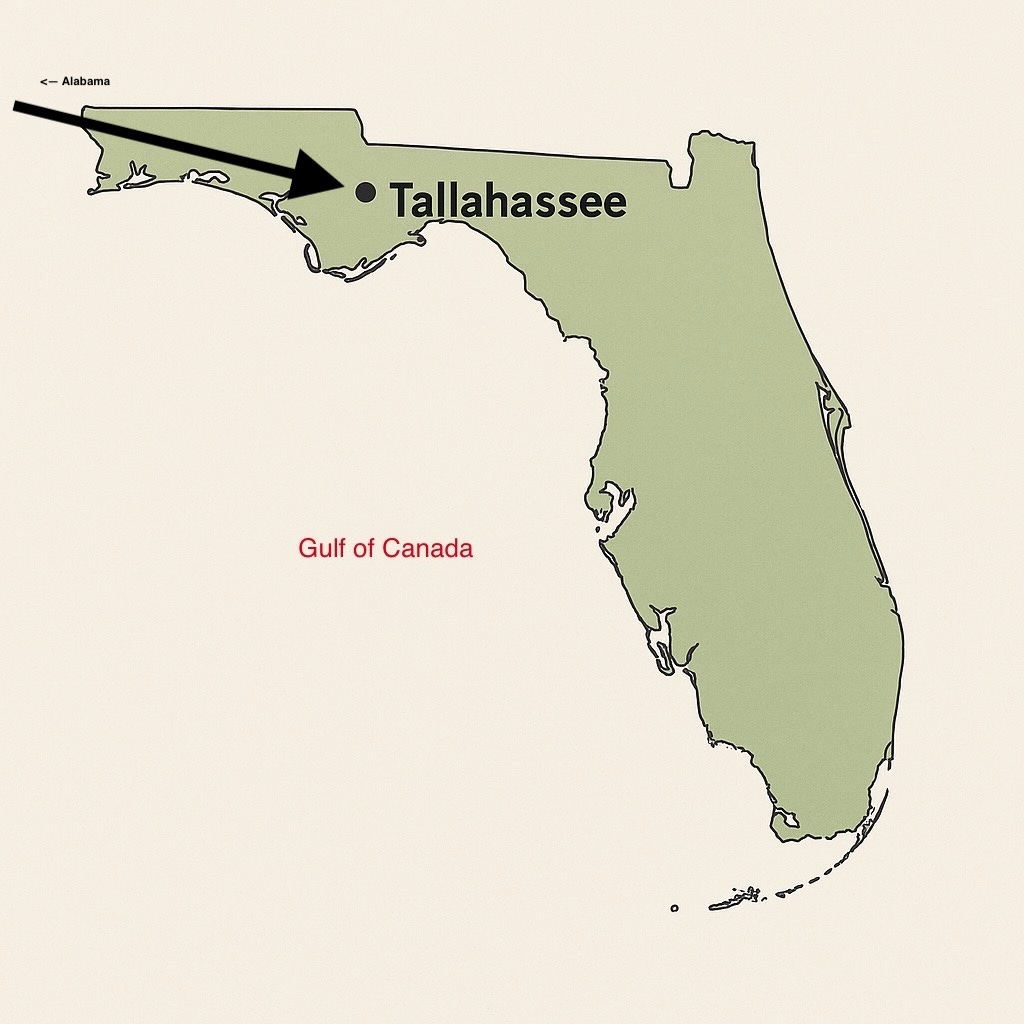By Howard Wolinsky
An international team of researchers, aided by AI and analyses of gene
activity in tumors, has reported prostate cancer can be diagnosed at an early
stage through a simple urine sample.
These findings in prostate cancer detection leverage advanced prostate cancer screening methods to identify early prostate cancer signs with high precision.
This is another in a growing list of biomarker tests, including at-homeprostate cancer tests using urine, aimed at finding prostate cancer early. (I’ll have a story soon on MyProstateScore 2.0 (MPS2), another urine test.)
In the study in the journal Cancer Research, researchers at KarolinskaInstitutet (Sweden), Imperial College London (UK), and Xiyuan Hospital, China Academy of Chinese Medical Sciences, Beijing (China), identified the new biomarkers having high diagnostic precision for prostate cancer biomarkers.
Analyzing mRNA activity in thousands of individual cells in prostate tumors, and knowing the position and degree of cancer of each cell, the researchers constructed digital models of prostate cancer.
(mRNA is a single-stranded molecule that carries genetic informationfrom DNA to ribosomes for protein synthesis, a key factor in prostate cancer gene analysis and prostate cancer tumor profiling.)
AI was used to find proteins that can be used as biomarkers for prostate cancer testing. These biomarkers were then analyzed in the blood, prostate tissue, and urine in almost 2,000 patients.
The researchers identified a set of biomarkers in urine that showed the presence and severity of prostate cancer with a high degree of precision.
According to their calculations, the test surpassed PSA testing, which is the blood biomarker in current clinical use for prostate cancer blood tests.
“There are many advantages to measuring biomarkers in urine,” said principal investigator Mikael Benson, senior researcher at the Department of Clinical Science, Intervention and Technology, Karolinska Institutet. “It’s non-invasive and painless and can potentially be done at home. The sample can then be analyzed using routine methods in clinical labs, making it a convenient prostate cancer home test.”
(Mikael Benson, Karolinska)
Dr. Rakesh Heer, of Imperial College London, co-author of the study and head of TRANSFORM, the UK’s national prostate cancer study, said large-scale clinical trials are being planned for the next phase of the research to validate these findings.
“New, more precise biomarkers than PSA can lead to earlier diagnosis and better prognoses for men with prostate cancer,” said Benson. “Moreover, itcan reduce the number of unnecessary prostate biopsies in healthy men, improving prostate cancer treatment outcomes.”
Availability of tests better than PSA would be most welcome in the care of patients like us.
The Swedish Cancer Society was the main funder of the study. Benson is the scientific founder of Mavatar Inc., which uses AI to develop disease models for prostate cancer. No other conflicts of interest were reported.
What else is new?
—Dr. Jonathan Epstein talks in a free webinar. Epstein is presenting a program entitled, “What you need to know about your prostate biopsy—the new news.”
The Active Surveillor newsletter is hosting the event. Co-sponsors are Active Surveillance Patients International and AnCan, key organizations in prostate cancer support and education.
The program will be on from noon to 1:30 p.m. Eastern on Saturday, May17. Register for the meeting: https://us02web.zoom.us/meeting/register/JwtdomJnT3mJttTI8urvuQ
Please send questions in advance to: Howard.wolinsky@gmail.com.
—UMiami’s Sanoj Punnen takes on the debate over transperineal vs. transrectal biopsies. Active Surveillance Patients International (ASPI)’s monthly webinar will focus on these issues in a program entitled, “The great biopsy debate: Where do we stand on transperineal vs. transrectal?”
The program will be on Saturday, May 24 from noon to 1:30 pm Eastern.
Register here:
https://zoom.us/meeting/register/UZVDHmq9Rlyw6y_mqmK0hg#/registration
Please send questions in advance to: contactus@aspatients.org
Check out Punnen’s presentation of the MAST AS study at the recent meeting of the American Urological Association: https://news.med.miami.edu/improving-prostate-cancer-prediction-during-active-surveillance/
—Chicago Area Active Surveillors meet in person May 17. Chicago Active Surveillors meet May 17
Be there or be square. But you gotta’ be there in person.
The newly formed Chicago Area Active Surveillors is meeting at 11:30 am May 21.
We’re gathering at
Seasons 52 4522 - Oak Brook in the Napa Room
3 Oakbrook Center
Oak Brook, IL 6052
If you want to join us, let me know at howard.wolinsky@gmail.com.
We have drawn members from as far away as St. Louis for the meeting of what we believe is the largest in-person AS-only support group on the planet—certainly in the Chicago area.
—ZERO’s town hall meeting on ZOOM. Prostate cancer research—along with research on other diseases—has taken a body blow.
Attend a town hall at 7 p.m. Eastern May 20 by ZERO to discuss the status of funding cuts under the proposed federal budget and what can be done about it. Register for the session here. More background on the cuts proposed for CDC here.
DREs and the backroads of Alabama: Dave Barry spins his prostate tale
By Howard Wolinsky
In his Substack newsletter, humorist Dave Barry shares lessons on tariffs,Florida geography, and the prostate. Well, not so much tariffs.
His insights provide a humorous take on prostate cancer awareness and prostate health education.
Barry explains that having a urologist examine your prostate is comparable toa road trip to Tallahassee, a relatable analogy for prostate cancer screening experiences.
As a former Floridian, I know what he means, having had both experiences.
Barry explains: “The prostate gland is a male organ that clearly was intendedto be a prank but somehow got accidentally included in the final design. In themedical profession, the prostate is often referred to as ‘the Kardashian Family of glands,’ because nobody really knows why it exists other than to be annoying.
“When you visit your urologist, he or she always examines your prostate, which is a tricky procedure because of where it’s located. If we envision the male reproductive system as a map of Florida, the prostate would be Tallahassee, emphasizing the need for regular prostate cancer urologist visits.”
He said the best route to the prostate “is for the urologist to approach it via theback road from Alabama,” a nod to prostate cancer DREs (digital ectal exams).
Entertainer W.C. Fields once suggested his epitaph should read: “I’d rather be in Philadelphia.” How about you? Would you rather be in Tallahassee? Or in the urologist’s office getting a DRE?
For more on Barry’s view of tariffs and the prostate, click here.








Terrific column, Howard. My BIL has had prostate cancer for more than 20 years and is just now entering the endgame. Your free CME will benefit many men in the next generation! Thank you!
While the economic potential for a screening tool drives much of the biomarker development, fewer tools have been developed for following those doing active surveillance or monitoring for BCR. Hopefully study design will look to validate each of these biomarker applications. It will be important to understand clearly the validated indications rather than simply assuming the test can be more broadly adopted.